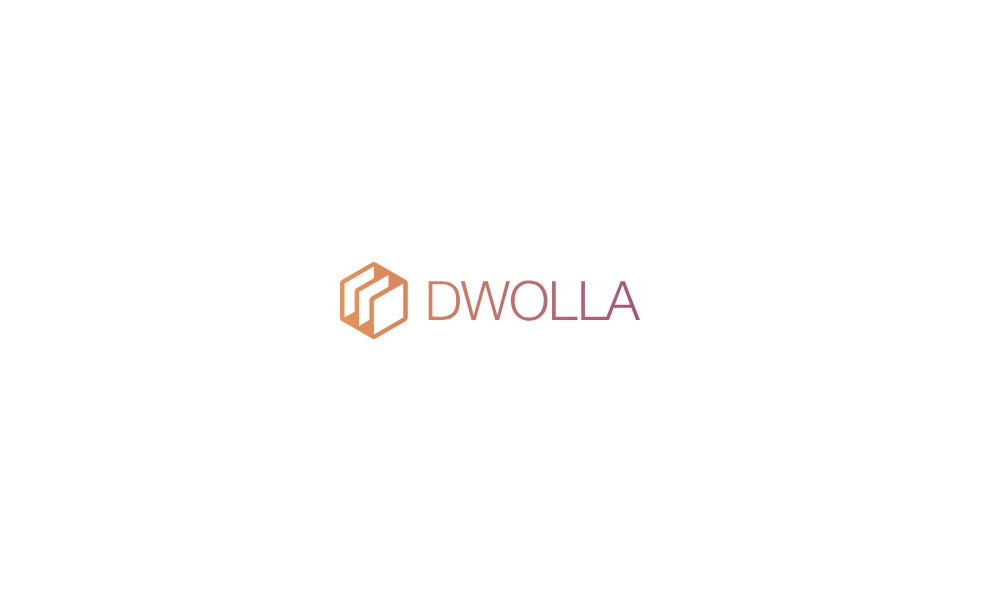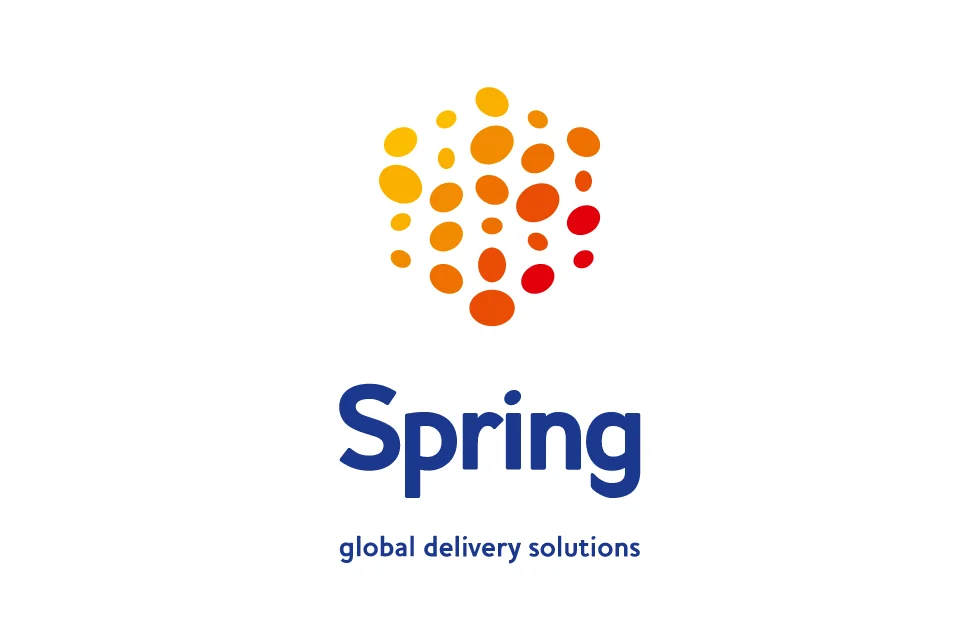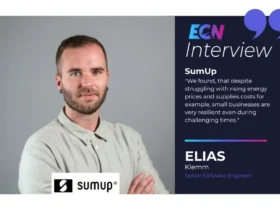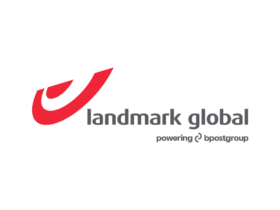Dwolla, established in 2008, has emerged as a transformative force in the realm of e-commerce and financial technology. Headquartered in Des Moines, Dwolla has extended its reach, serving a multitude of businesses and users across diverse locations. Boasting a team of dedicated professionals, Dwolla has achieved remarkable milestones, including a substantial number of registered users and prominent clientele. With an estimated annual revenue of $17.6M and more than 100 talented individuals across the U.S., Dwolla exemplifies its impact and success in the financial technology sector.
What is Dwolla?
Dwolla is an innovative financial technology platform that simplifies bank transfers for businesses. Originally designed as a P2P bank transfer platform, Dwolla has evolved into a developer-friendly software solution. Businesses seeking to integrate white-label bank transfers into their systems find Dwolla as the ideal partner.
As an agent for partner banks and credit unions, such as Veridian Credit Union and Compass Bank, Dwolla operates under unique contractual terms, setting itself apart from traditional third-party platforms like Stripe, PayPal, and Square.
To start using Dwolla, either you can request demo access or directly contact the sales team. In both ways, you need to fill in the necessary details.
The Features of Dwolla
Versatile Bank Transfers
Dwolla revolves around the concept of bank transfers, making it a straightforward and efficient solution for businesses. With a user-friendly platform catered to developers, Dwolla allows various functions, including sending, receiving, and holding funds within an online wallet. Users have the flexibility to facilitate payments, create platforms for fund transfers among users, and charge facilitator fees, all contributing to a seamless financial ecosystem.
Account Verification
Dwolla stands out with its emphasis on user account verification. Offering options such as instant account verification and micro-deposits, Dwolla ensures secure and verified transactions. Account levels, ranging from Receive Only to Verified, allow businesses to control transaction capabilities and maintain balances within Dwolla, catering to diverse customer needs.
Recurring and On-Demand Payments
Dwolla simplifies payment management through recurring payment options, enabling customers to set up subscription-based billing effortlessly. On-demand payments offer a flexible metered billing system, allowing variable charges based on usage, and providing businesses with adaptable payment options.
Protection
Dwolla helps keep transactions secure in several ways: first, you can implement Dwolla.js, a client-side Javascript that will transmit information (including bank account and routing number) without the information passing through your servers. This removes part of your company’s security burden and prevents secure information from passing through your own system.
Second, Dwolla also offers tokenization. Instead of transmitting real account numbers, the data is encrypted and replaced with another number before being sent over the network. Tokens have limited use and therefore, even if they are intercepted, they cannot be reused. Many POS systems and even some online credit card processors have also begun to implement tokenization.
Integrations and add-ons
As for integrations, Dwolla says they are agnostic to technology and work well with other services you want to integrate. However, they don’t have a list of specific integrations and are ready to choose, which makes you think everything will be customized. However, Dwolla mentions two ready-to-use integrations:
- Plaid: A bank verification service. Plaid allows users to link and verify their bank accounts by simply logging into them. Plaid tokenizes and stores that information, so merchants don’t have to worry about security.
- Sift Science: A fraud verification platform. It uses big data and machine learning to evaluate each transaction and analyze the possibility that it is fraudulent.
The Price of Dwolla
Dwolla offers two pricing plans, each catering to different business needs:
- Base Pricing
- Scale Pricing
The cost of each plan is not showing on the website. For more information, you need to visit the Pricing Page and contact the sales team.
Support from Dwolla
Dwolla excels in providing comprehensive customer support. Businesses can rely on various support options, including live chat, phone support, and additional resources like Developer Docs, Resource Center, Code Samples, Libraries, etc.
The platform is dedicated to resolving queries promptly and efficiently, ensuring a seamless user experience.
Conclusion
Dwolla has emerged as a game-changer in the financial technology landscape, offering an array of benefits for businesses seeking streamlined bank transfers. With its versatile features, secure transactions, and transparent pricing plans, Dwolla caters to a wide range of businesses, from small startups to large enterprises. By partnering with Dwolla, businesses can unlock new possibilities and transform their financial operations. Embrace the power of Dwolla today and experience the seamless convenience of bank transfers.
If you are seeking to experience the seamless convenience of bank transfers and take your financial operations to new heights you can contact Dwolla by clicking on the following button.





